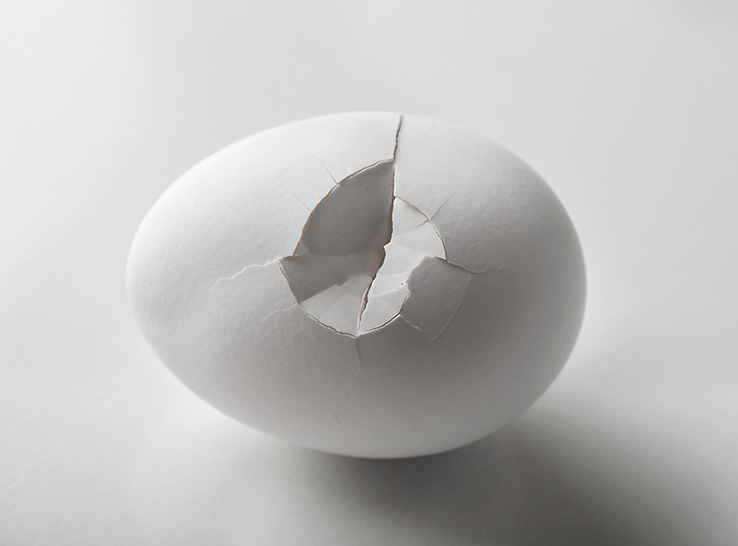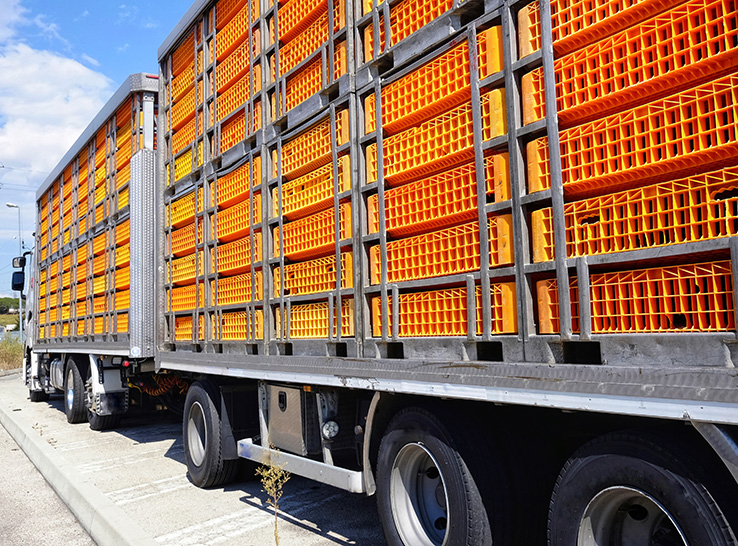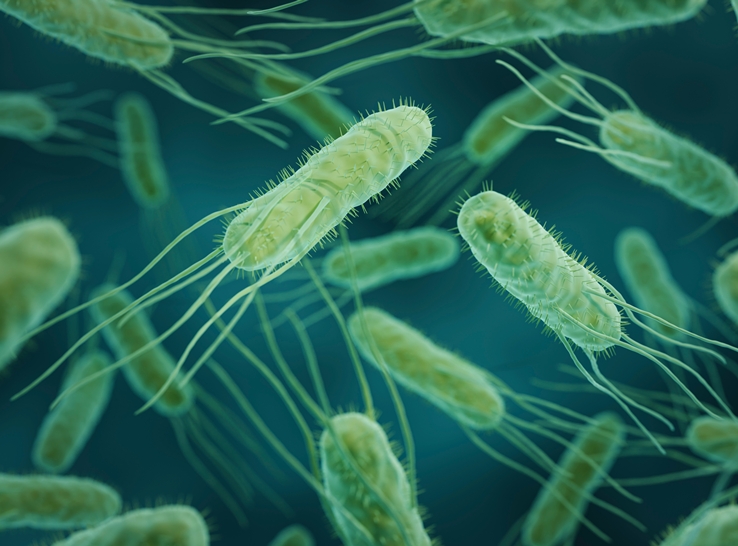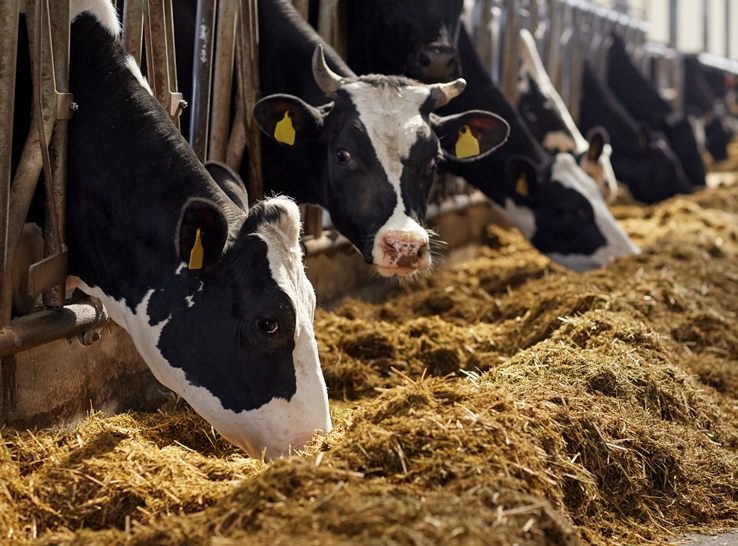Without other stressors to skew results, altering stocking density (SD) within common ranges does not affect the well-being of layer chicks being transported from hatcheries to pullet-rearing operations, according to results of a field trial conducted by University of Saskatchewan researchers.
However, reducing SD increased temperature variability in the transport boxes, which can affect chick thermoregulation and further stress chicks in transport, researchers reported in Journal of Applied Poultry Research.
Stocking density recommendations
Animal-welfare organizations have raised concerns about SD of layer chicks in transport boxes. Unfortunately, there has been little science behind current breeder recommendations or widespread industry practice.
Current Canadian Codes of Practice for the Care and Handling of Hatching Eggs, Breeders, Chickens and Turkeys recommend a transport box SD of 24.5 cm2 (3.8 in2) per chick in a vehicle controlled to 21° C to 27° C (69.8° F to 80.6° F) at 40% to 60% relative humidity (RH). However, the industry may alter SD based on bird type, genotype and box design. By contrast, the Global Animal Partnership Welfare Standards call for a minimum SD about 5% greater.
“These recommendations are not based on scientific evidence, and there are no published studies evaluating the optimal space allowance for chicks in transport boxes,” the Saskatchewan researchers noted.
Stress before and during transport
Chick stress is greater during commercial hatching and processing than during transport. Before layer chicks ever get on a truck, they experience stress at the hatchery, including hatching and processing.
Then, in transport boxes, they encounter other stressors besides SD, such as variable temperature and humidity — even in temperature-controlled vehicles — along with vibration, noise and motion. Moreover, they usually have no access to water or feed.
Stress can increase disease and mortality. But fortunately, newly hatched chicks have an abdominal yolk sac that provides hydration and nutrients for up to 72 hours post-hatch. However, extreme transport conditions can cause chicks to absorb all the yolk sac, potentially reducing their growth and productivity.
Research on layer chick transport
Over the past 10 years, most studies of optimal neonatal chick transport focused on broiler chicks, where results pointed to weeks of grow-out for meat, not months of high-output egg production. Although these studies showed reductions in bodyweight (BW) and yolk sac during transport, there were no effects on dehydration (hematocrit), feed intake, feed efficiency or mortality.
Other work found no effects on fear response (tonic immobility) even after 14 hours of transport, concluding that longer transport did not negatively impact bird well-being.
Studies also showed that the microclimate of a truck hauling neonatal chicks could change depending on whether RH was controlled. Further research identified two microclimates — truck interior and chick boxes — where the highest temperature, RH and specific enthalpy (discomfort index incorporating temperature, RH and atmospheric pressure) occurred in the chick boxes.
Ventilation and SD also appeared to play roles in metabolic heat production and transpiration of chicks to intensify the thermal gradient of zones within the truck.
Study details and results
In this study, the researchers evaluated SD effects on chick stress and transport box microclimate by conducting a field trial at a commercial hatchery. They placed 3,630 Lohmann LSL-Lite white-feather layer chicks in plastic transport boxes (58 cm × 46 cm [22.8 in. x 18.1 in.]) stacked in a room under conditions of uncontrolled RH at 27° C for a 7-hour simulated transport period. The SD treatments were:
- 80 chicks per box (33.4 cm2 [13.1 in2] per chick)
- 100 chicks per box (26.7 cm2 [10.5 in2] per chick)
- 120 chicks per box (22.2 cm2 [8.7 in2] per chick)
Pre- and post-treatment, they measured group BW, chick vent temperature (VT), concentrations of corticosterone, electrolytes and glucose, and yolk sac weights. Automatic recording of temperature and RH in the boxes occurred every 5 minutes. The researchers took thermal images every hour, measuring box-floor and chick-surface temperature and calculating spatial area used per chick.
They found that BW, VT, corticosterone concentration and yolk sac weight did not differ between pre- and post-treatments. Not surprisingly, box temperature and RH increased with increasing SD. The minimum temperature was lowest and temperature variability was greatest in the 80-chick boxes compared to the 100-chick and 120-chick boxes. The area used per chick differed between treatments, but because of huddling, chicks occupied less than the total area available in all treatments.
“Altering SD did not affect bird well-being,” the researchers concluded, “but reducing the density increased temperature variability within the boxes.”
Stay tuned for more research on layer chick transport under commercial conditions or simulations varying load densities, vibration, noise and thermal stressors, notes the Poultry Science Association.
The full paper, titled “Stocking density within chick transport boxes: effects on leghorn chick stress and box microclimate” can be found in Journal of Applied Poultry Research and online here.
Editor’s notes:
This news report is based on an Interpretive Summary published by the Poultry Science Association. It was edited by Modern Poultry to fit the website’s editorial style and format.
Content on Modern Poultry’s Industry Insights pages is provided and/or commissioned by our sponsors, who assume full responsibility for its accuracy and compliance.









